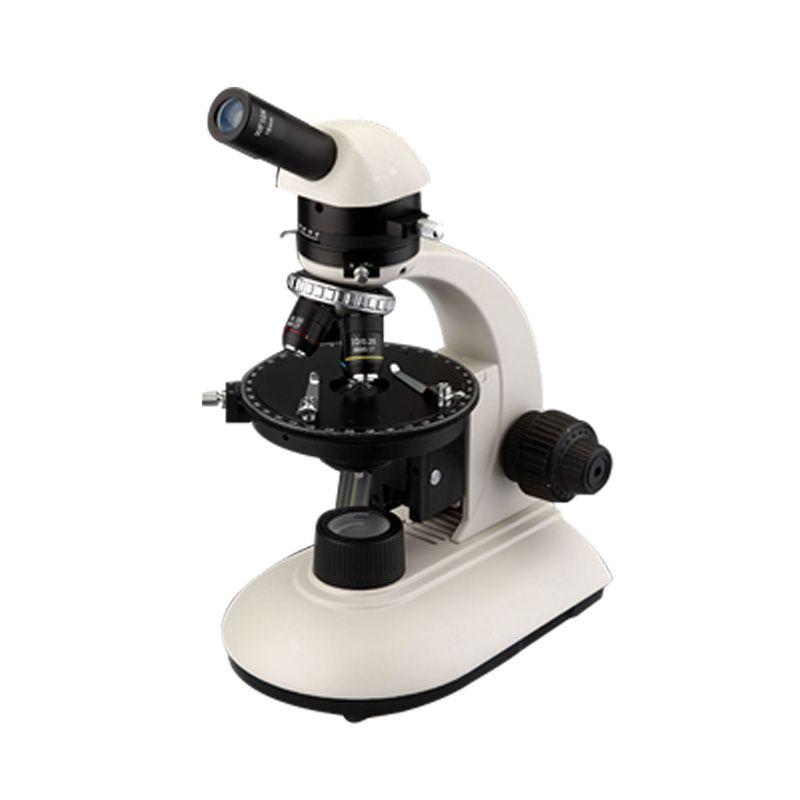There are many different kinds of polarizing microscopes, and each has special characteristics and advantages. Selecting a microscope that is appropriate for the particular task at hand is crucial. For instance, a different kind of microscope will be required for studying rocks and minerals than for observing biological specimens. Polarizing microscopes come in a wide variety, each with special features and advantages of their own. Some of the most common types of polarizing microscopes include:
l Petrographic microscopes: The purpose of petrographic microscopes is to study minerals and rocks. Usually equipped with a revolving platform and an assortment of polarizing filters, such as a Bertrand lens, they enable the viewer to view the interference pattern generated by the specimen.
l Biological microscopes: The purpose of biological polarizing microscopes is to examine biological materials like tissues and cells. They usually include a stationary stage and several polarizing filters, such as a compensator that lets the operator gauge the specimen's birefringence.
l Research microscopes: Advanced research applications are the purpose of research polarizing microscopes. They usually have a number of features, including a camera for taking pictures and several objectives and polarizing filters.
There are several specialized polarizing microscopes available in addition to these fundamental varieties. Polarizing microscopes, for instance, are made specifically to investigate particular kinds of materials, like polymers, crystals, and thin films. Additionally, there are polarizing microscopes made for certain uses, like material quality control and illness detection. A polarizing microscope selection should take the application's particular requirements into account. A few things to think about are the kind of specimen being studied, the desired magnification, and the available funds.

